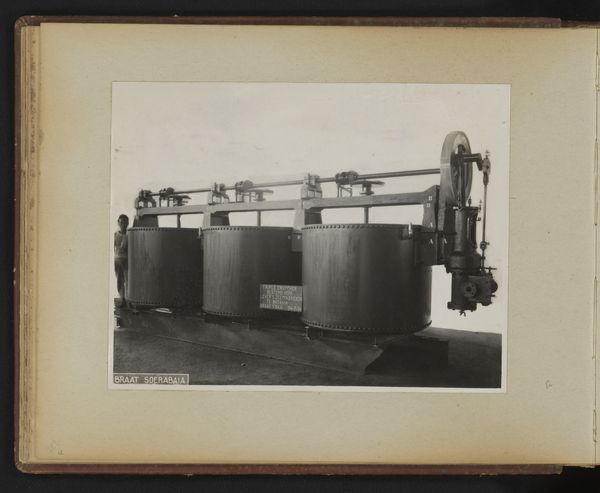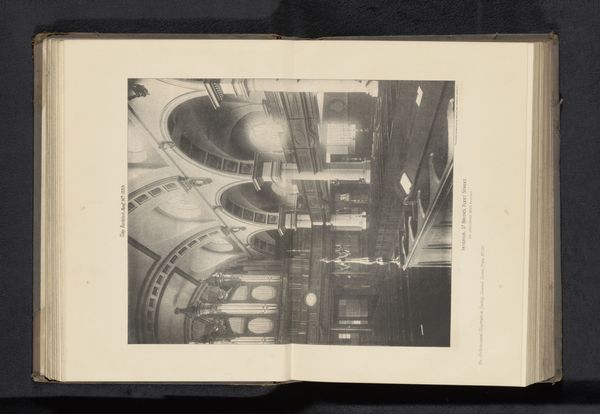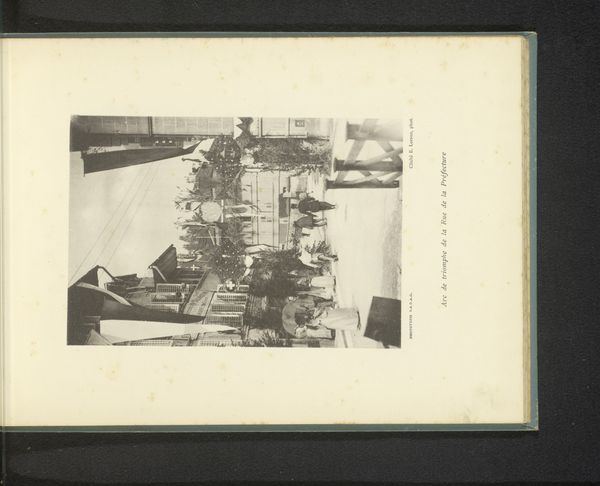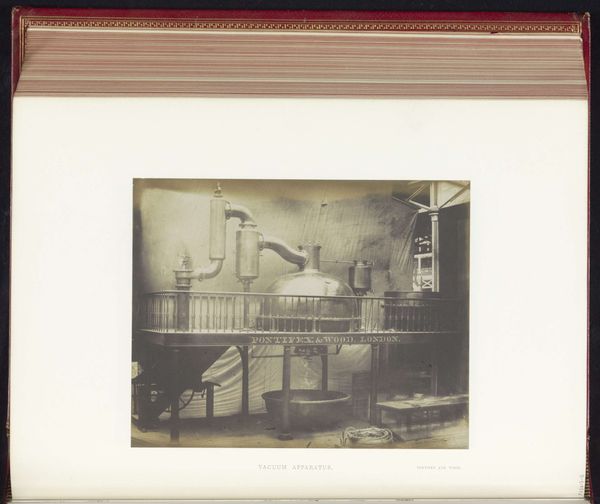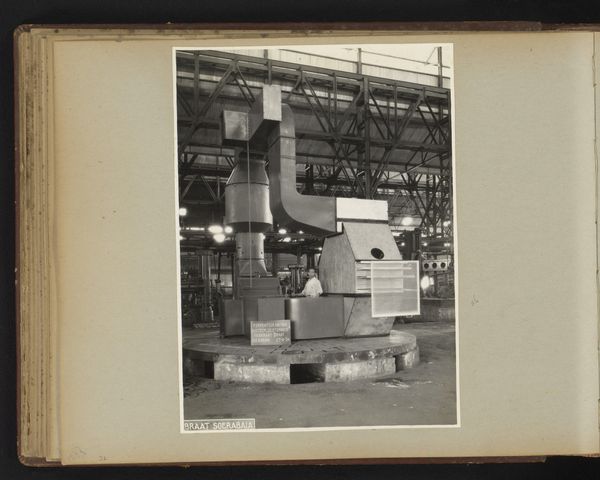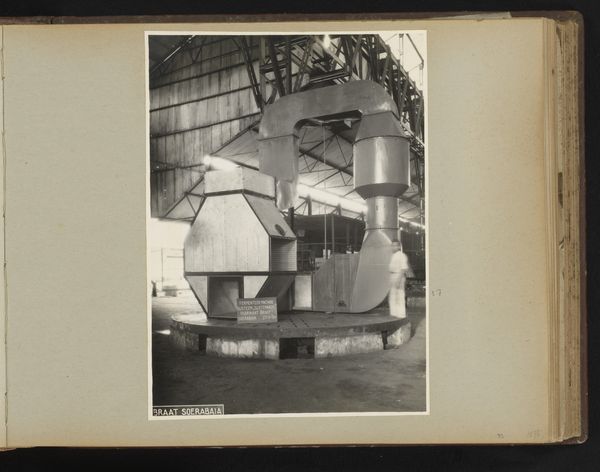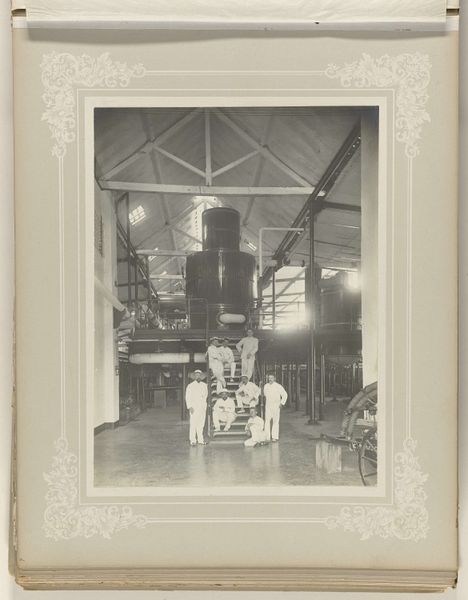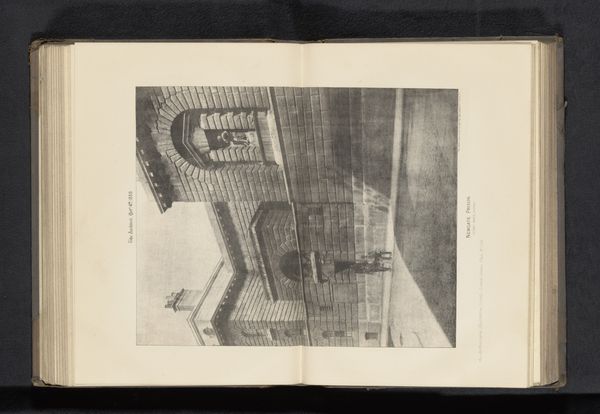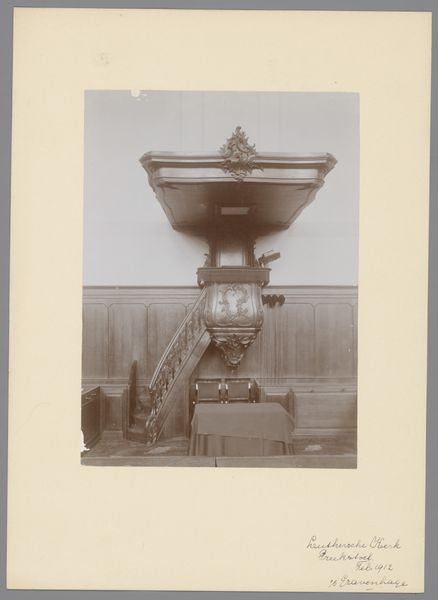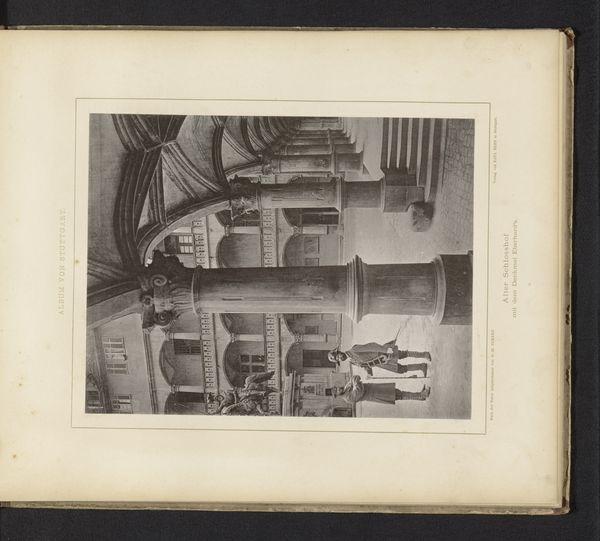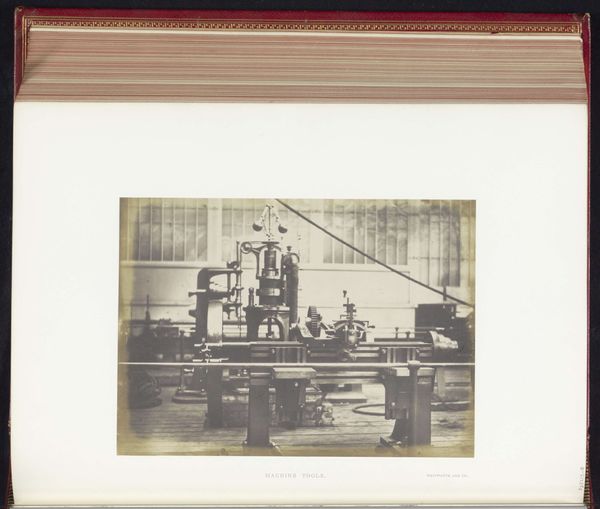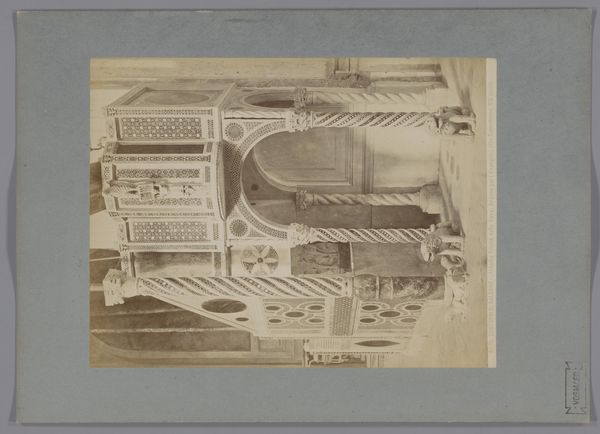
Standbeeld van Egmont en Horne op de Kleine Zavel te Brussel c. 1875 - 1880
0:00
0:00
anonymous
Rijksmuseum
print, public-art, photography
#
portrait
#
statue
# print
#
landscape
#
public-art
#
photography
#
realism
Dimensions: height 171 mm, width 102 mm
Copyright: Rijks Museum: Open Domain
This is an undated photograph, held at the Rijksmuseum, depicting the statue of Egmont and Horne in the Kleine Zavel in Brussels. The statue, however, was designed by the artist Charles Auguste Fraikin and erected in 1864. The Counts of Egmont and Horne were nobles who were executed in 1568 in Brussels for treason. They had been part of the council of state, which was in opposition to the policies of King Phillip II. Their deaths became a symbol of resistance during the Dutch Revolt against Spanish rule. What does it mean to be a traitor? What defines the line between resistance and treason? The execution of Egmont and Horne was perceived as a blatant act of political repression. By immortalizing them in bronze, the statue became a focal point for national identity. It is a site to think about the complexities of history, and how individuals become symbols of larger political struggles.
Comments
No comments
Be the first to comment and join the conversation on the ultimate creative platform.

